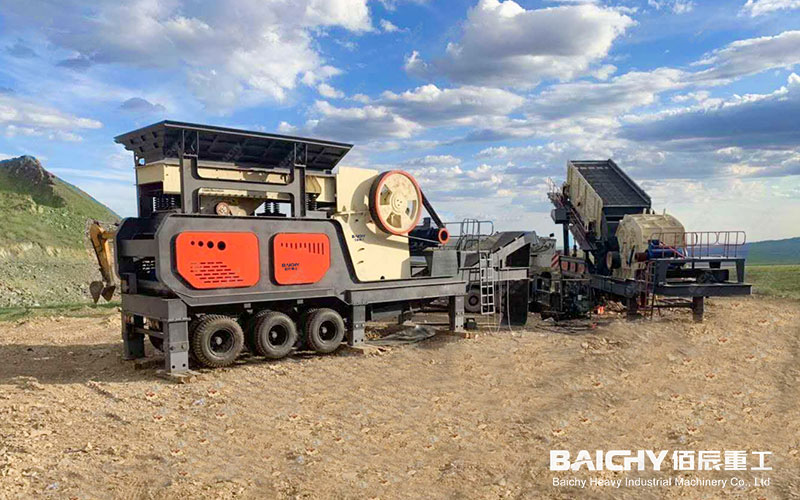
Limestone, commonly known as bluestone, is limestone. The main component is calcium carbonate (CaCO3), of which CaO accounts for 56.04% and CO2 accounts for 43.97%. In addition, limestone may also contain dolomite, magnesite, and other carbonate minerals, as well as chalcedony, clay, pyrite, marcasite, hydrophilic iron ore, glauconite, organic carbon, asphalt, gypsum, anhydrite, and phosphate.
Limestone Crusher
1. Preliminary crushing: First, large pieces of limestone need to be crushed into small pieces using a jaw crusher. With its powerful crushing capacity and adaptability, the jaw crusher plays an important role in the initial stage of limestone crushing.
2. Fine crushing: After the initial crushing, the small pieces of limestone will be further crushed by a cone crusher or an impact crusher to achieve a smaller particle size. These two types of equipment have good fine crushing effects, adjustable discharge particle size, and low energy consumption, which can fully meet the subsequent production needs.

Application of ball mill in grinding
• Equipment Overview: A ball mill is a key piece of equipment for crushing materials after they are broken. It is widely used in cement, silicate products, new building materials, refractory materials, fertilizers, black and non-ferrous metal beneficiation, glass and ceramics, and other production industries. The ball mill impacts and grinds the materials through grinding media such as steel balls in its cylinder to achieve the purpose of crushing.
• Working principle: The ball mill consists of a horizontal cylinder, a hollow shaft for feeding and discharging, and a grinding head. The material is fed into the first bin of the mill by the feeding device through the hollow shaft of the feeding device, which is spirally and evenly fed into the first bin of the mill. There are stepped linings or corrugated linings in the bin, which are filled with steel balls of various specifications. When the cylinder rotates, the grinding body impacts and grinds the material due to inertia and centrifugal force. After the material is coarsely ground in the first bin, it enters the second bin for fine grinding and is finally discharged from the hollow shaft at the discharge end.
Classification and characteristics of ball mills:
• Classification: Ball mills can be divided into two types of grinding methods: dry and wet, and two types of discharge methods: grid type and overflow type. In addition, according to the shape of the cylinder, they can also be divided into short-cylinder ball mills, long-cylinder ball mills, tube mills, and cone mills.
• Characteristics: Ball mills have the advantages of low energy consumption, good grinding effect, and wide application range. It can perform dry or wet grinding of various ores and materials to meet the production needs of different industries.
Application in limestone grinding: In the limestone grinding process, the ball mill uses its powerful grinding ability to further crush the finely crushed limestone particles into powder. This process is of great significance to improving the utilization rate of limestone and product quality.











